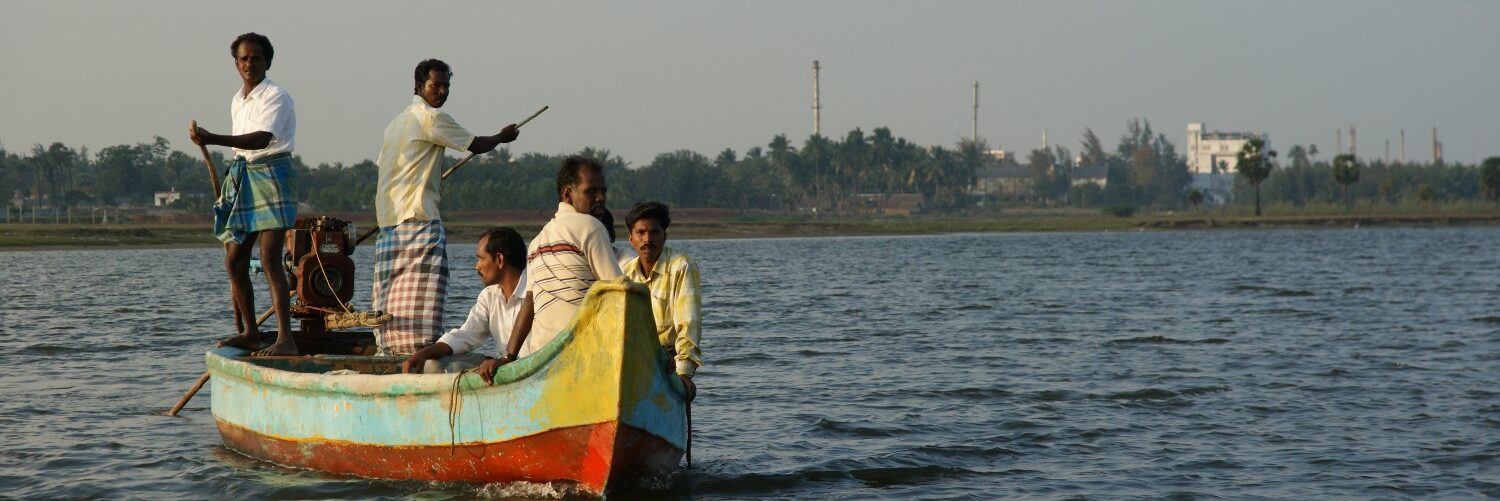The Times of India
Sunday, June 04, 2006
NEW DELHI: A nationwide air pollution study, conducted by a Chennai-based Community Environmental Monitoring has revealed that millions of Indians are being exposed to “dangerous levels of highly toxic gases…., in the air they breathe.”
Titled ‘Smokescreen: Ambient Air Quality in India’, the report features about 45 chemicals that were found in 21 different samples collected from 13 locations all across the country.
According to the report, 28 chemicals were found at levels 32,000 times higher than what is considered safe in residential air by the US Environmental Protection Agency.
“The chemicals found in ambient air over residential areas located near industrial houses contained toxins that affect the human central nervous system, cardio-vascular system and even the reproductive system,” said Shweta Narayan from Community Environment Monitoring.
In Delhi for instance, a sample was taken from ITO opposite the police commissioner’s office. Eighteen chemicals including cancer-causing benzene was found to be 104 times higher than safe levels.
Narayan added: “The government was refusing to acknowledge their concerns about pollution by stating that nothing could be done in the absence of standards.”
The report states that though the Union ministry of environment and forests had granted 6.5 million for setting standards for ambient air quality monitoring, the outcome of the project was still unknown.
It also says that the high levels of these chemicals had alarming ramifications for workers inside the factories or those scavenging garbage dump sites.
The report was released on Saturday by Sunita Narain of Centre for Science and Environment. She said: “The question that we face today is how do we deal with the problem of air pollution in different parts of the country.”
Interestingly, as per 1995 estimates in a study commissioned by the ministry of environment and forests, total annual economic losses due to air pollution could exceed 9,000 crore equivalent to about 1% of the GDP.
